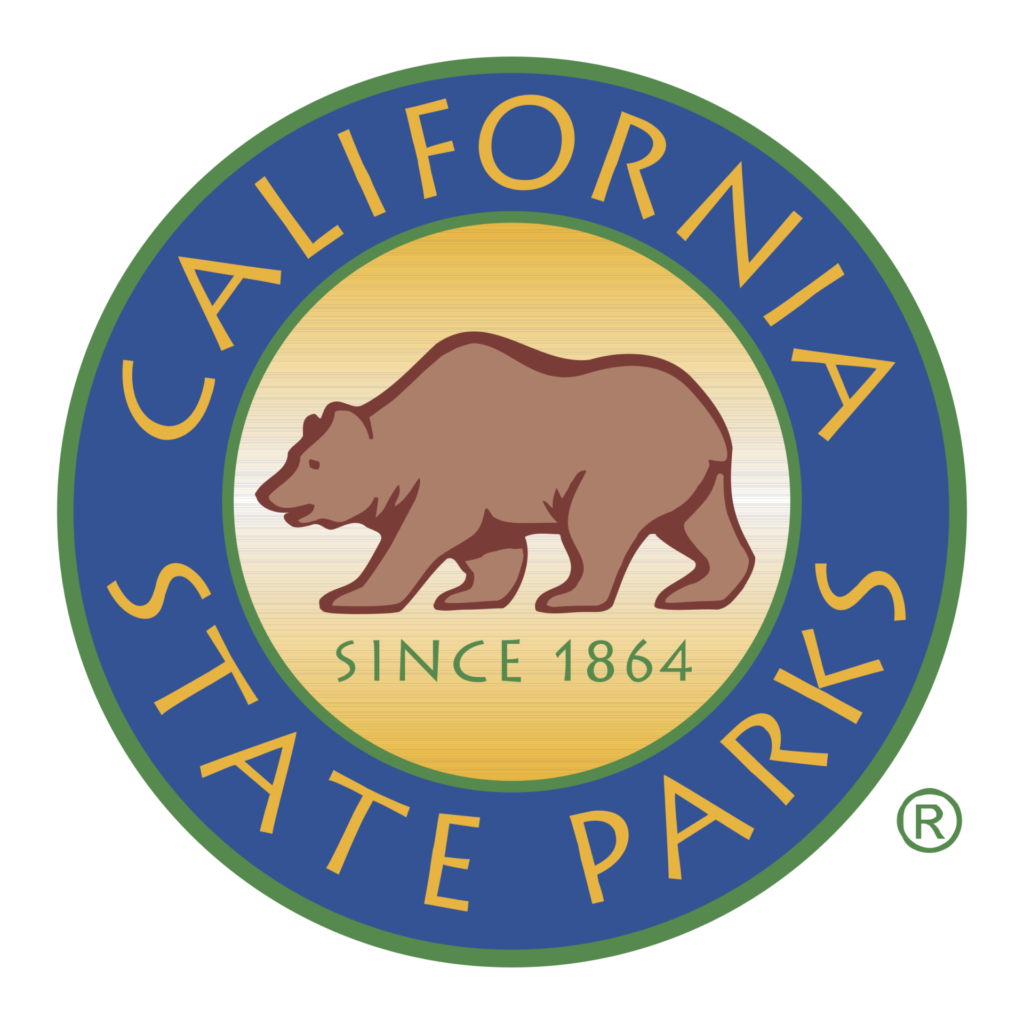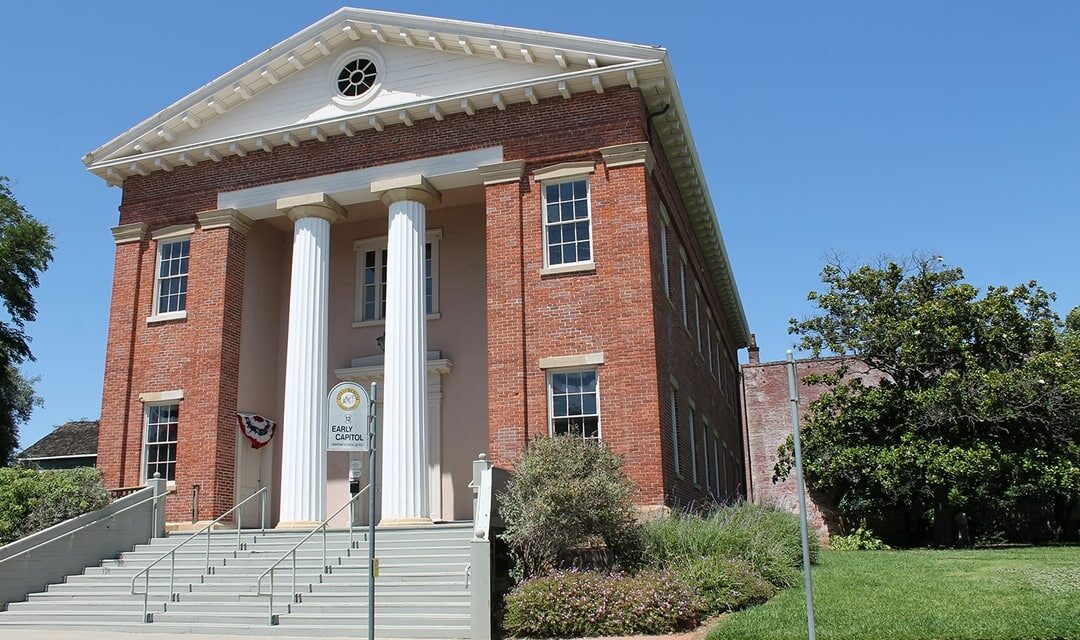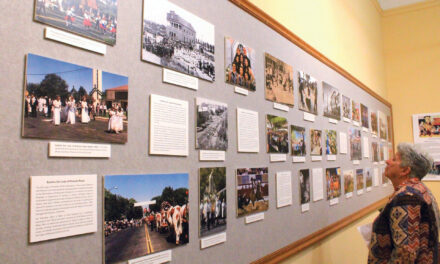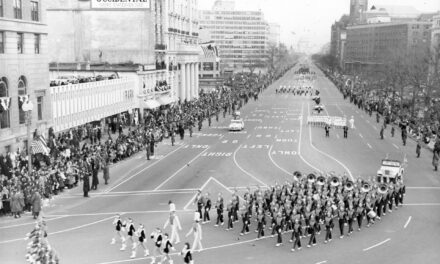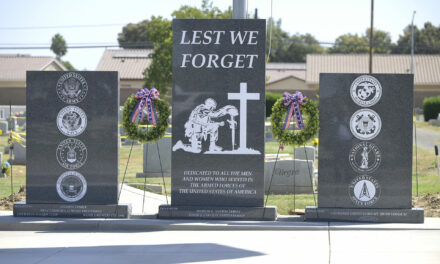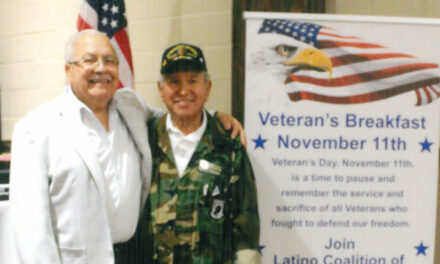Here’s a capital idea for a unique NorCal road trip — visit the sites of all of California’s state capitol buildings.
The first stop would be in Monterey.
While Monterey wasn’t the first state capital, it was the capital of Alta California and where California’s first constitutional convention took place in September and October of 1849 as the precursor to statehood.
Colton Hall, which is now a museum, is where the case for statehood was made, the boundaries of the proposed state adopted, and a host of other issues answered — free or slave state.
Colton Hall is on Pacific Street in Monterey between Madison and Jefferson streets. It is open Saturday and Sunday from 10 a.m. to 4 p.m. The room where the state constitution was drafted has been re-created to look as it did when birth was given to the idea of California statehood when the document was finalized on Oct. 13, 1849.
You can learn a few things that might change your thinking a bit when you visit Colton Hall. First — if you didn’t already know — California was governed for awhile by the Spanish and then was part of Mexico populated by people grown primarily from the marriage of European Spaniards and natives such as the Aztecs. This will explain a fact some might find startling that you’ll find out visiting Colton Hall — the final constitution was written in both Spanish and English and both were signed as originals.
The nice thing about Colton Hall it is within walking distance of the Monterey Wharf and near the more tourist Cannery Row now anchored by the Monterey Aquarium.
More information can be found by accessing monterery.org/museums and going to Colton Museum.
San Jose, Capitol No. 1
The first State Capitol was located in a two-story adobe house consisting of 2,400 square feet in San Jose.
That’s right. The first capitol of a state that now has over 39 million people was about 60 percent the size of a typical McMansion.
Legislators arrived in December 1849 to what is today the 100 block of South Market Street in downtown San Jose where you will find the San Jose Museum of Art among other things.
San Jose was not only muddy and flooded in parts at the time, but there were inadequate hotel accommodations. The Assembly met in a finished second floor room. As for the Senate, due to the building not being finished they were forced to meet elsewhere. They opted for the home of Isaac Branham that was located where the corner of Plaza de Cesar Chavez is today.
Being in the heart of downtown San Jose under the gaze of skyscrapers occupied by high-tech firms such as e-Bay and near such attractions as the San Jose Tech Museum, there’s plenty to do after exploring the immediate vicinity of the site of the state’s first capitol.
Given to how one Senator Thomas Jefferson Green of Sacramento ended each session proclaiming, “Let’s have a drink! Let’s have a thousand drinks!” historians dubbed it “The Legislature of a Thousand Drinks.”
In 1850, the legislature was presented with offers to relocate the capitol to more suitable land as well as funds to construct a building. General Vallejo made the most generous offer by far. It gained the support of the Assembly and Senate as well as the governor’s blessing on Feb. 4, 1861.
Vallejo, Capitol No. 2
The start of the Third Session of the California Legislature in Vallejo wasn’t a pretty sight, but then again neither is that site today as it is now a city parking lot. The historical marker is in the northwest corner of the parking lot in the 200 block of York Street between Sacramento sand Santa Clara streets.
When legislators arrived on Jan. 5, 1852 they found much of the capitol still under construction, essentials in short supply, and amenities almost non-existent. The lawmakers quickly debated whether to again move the capitol. After much bickering, it was decided the legislature would travel to Sacramento to finish the session there will Vallejo would remain the capital and be given additional time to get things in order.
A year later when the legislature returned the building situation was a bit better but the weather much worse. So the push was on to move again.
This time it was between Sacramento recovering from a flood and Benicia that ended up having an offer too good to turn down.
Benicia, Capitol No. 3
Benicia seemed like a wise choice when the Fourth Session started on Feb. 11, 1853. The capitol was a fairly large two-story building. There were separate chambers for the Assembly and Senate as well as rooms for committee meetings.
Benicia itself had appeal. It was a port of call between Sacramento and San Francisco. But space was still at premium. So when Sacramento dangled an offer in front of the legislature a year later, it was something they couldn’t refuse.
Not only did Sacramento offer the free use of the Sacramento County Courthouse for legislative sessions and to provide space for state officers plus a vault steeled against fire for state records but they also tossed in a free ride for the legislature and all state-owned furnishings as well as documents up the river to Sacramento.
The deal sealer was a building site for a permanent capitol.
So on Feb. 25, 1853 the lawmakers loaded up and then boarded by Wilson B. Hunt steamer to move up river to what would end up being California’s permanent capital.
Benicia worth the visit
The odds are you’ve been to Monterey, San Jose, and Sacramento and you can find an excuse to go there without using looking up capitol sites as a reason to do so. Vallejo is OK and it is home to Six Flags Discovery Kingdom if roller coasters and animals are your thing.
But specifically traveling to Benicia can be a nice, low-key day trip that you likely normally wouldn’t take.
First there’s the Benicia State Historic Park where you will find California’s third State Capitol with a restored legislative chamber and interesting museum collection to boot.
It is located at 115 West G St. It is open Thursday from noon to 5 p.m. as well as Friday through Sunday from 10 a.m. to 5 p.m. Admission is $3 for adults, $2 children 6 through 17, and free for those under 5 years of age.
You’re just a few blocks from Benicia Park where you can start and easy 3.5 mile trail that follows the Carquinez Strait waterfront from Benicia to Vallejo. The end destination along the mostly level trail is the Carquinez Strait overlook. Besides the views there are parks along the way. There are more than enough restaurants to choose from near the start in Benicia as well as interesting shops to browse.
A trip to Benicia Capitol State Historic Park has an average travel time from Manteca of 1 hour and 22 minutes via I-205, I-580, I-680 and I-780.
For more information go to visitbenicia.org
